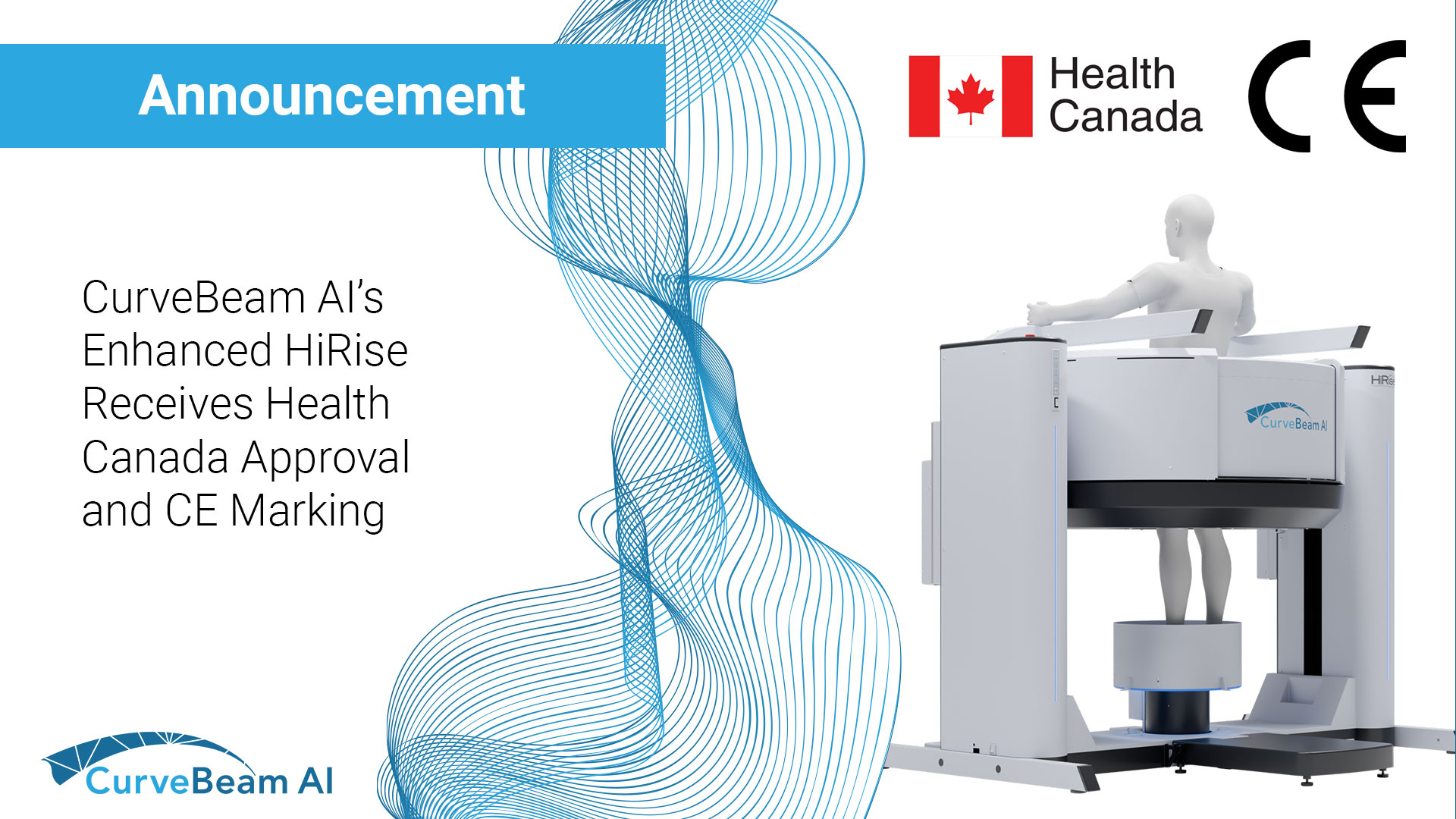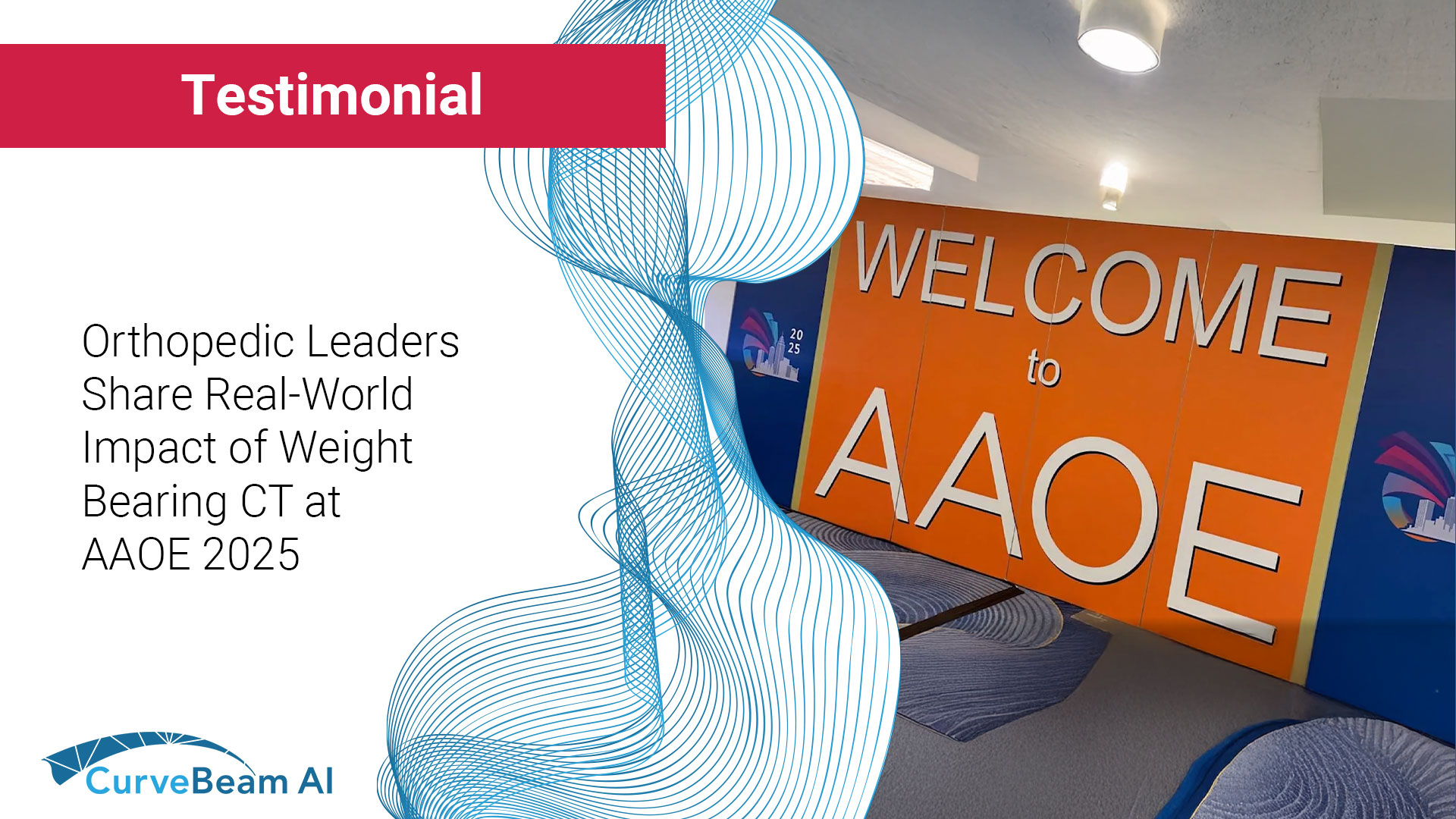Hatfield, PA — July 1, 2025 — CurveBeam AI, a global leader in weight bearing…

Studies Point to Many Benefits of Weightbearing CT Scanning Technology
For patients whose lives are impacted by medical technology breakthroughs, there is a significant improvement in the quality of care their doctors are then able to provide. This is especially true when it comes to cone beam computed tomography (CT) scanning. In the last decade, the innovations made in this field have allowed for true weightbearing CT scans to be taken.
In order to present a picture of the difference weightbearing CT scanning has made on foot and ankle patients, authors from the University of Utah, as well as a team of international researchers, presented a series of studies showing the benefits of the new technology. In their article, Weightbearing Computed Topography of the Foot and Ankle: Emerging Technology Topical Review, Drs. Alexej Barg and Charles Saltzman show that true weightbearing CT scans are far more effective than their simulated counterparts.
The article covered 8 studies performed between 2013 and 2017, each of which covered alignment analysis within the foot. While previous attempts to replicate weightbearing environments involved rigging up weights to affect the foot while the patient was lying down, modern technology is allowing doctors to observe the interactions within the foot in actual weightbearing scenarios with the patient standing and even walking. Regardless of whether the studies focused on talar anatomy, hindfoot alignment, valgus deformities or flat-footedness, the studies all had a similar theme. The cone beam weightbearing CT scan offered a more complete view of the relationships in the foot than what was attainable with traditional radiography.
Perhaps most importantly, the overview of the literature available pointed to several key benefits offered by this scanning technology. Not only does it allow for scans to be taken while the patient is standing, but there is increased spatial resolution and faster imaging times due to cone beam scanning. Plus, the side benefits of having lower radiation than traditional CT scans coupled with modest costs can help alleviate many patient concerns. The authors also advocate for utilizing the images provided through weightbearing CT scanning to establish standardized forefoot, midfoot and hindfoot alignment positions using anatomical landmarks, which could greatly enhance both diagnoses and care plan development for the patient.
Leading the charge in this innovative technology is CurveBeam. With a line of cone beam scanning devices like the InReach, LineUP and their standard PedCAT, CurveBeam allows clinics to offer weight bearing CT scanning to their patients to improve their quality of care. To learn more about the possibilities offered by devices like the PedCAT, or to see their products for yourself, visit https://curvebeamai.com/products/pedcat/ today!





